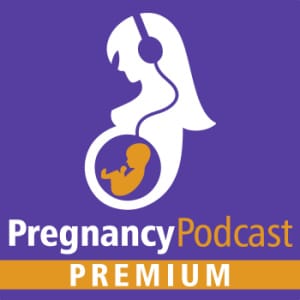Dates are the fruit of the date palm tree. While dates are high in sugar, they also contain nutrients like fiber, potassium, magnesium, iron, and vitamin B6. There are many claims about the health benefits of eating dates. Among the many claims is that dates can naturally induce labor and make labor shorter. Sounds pretty great, right? Thankfully, several studies are available to examine these claims. Learn about the research on eating dates and labor, the proposed mechanism of action, and the recommendations for including these in your pregnancy diet.

